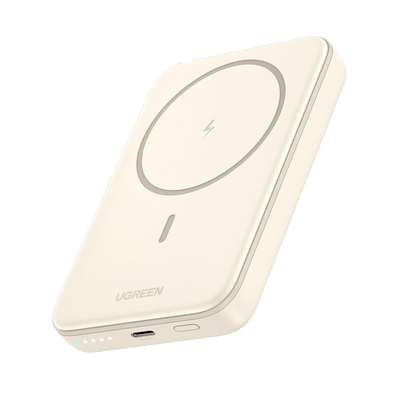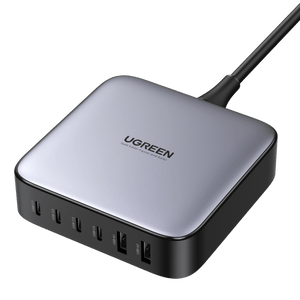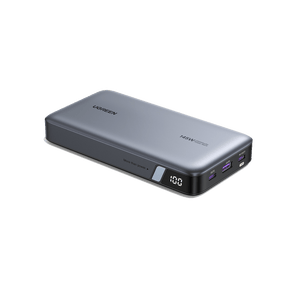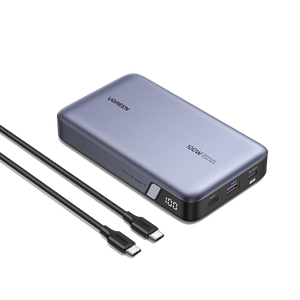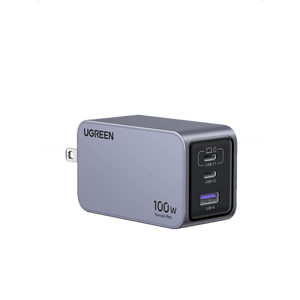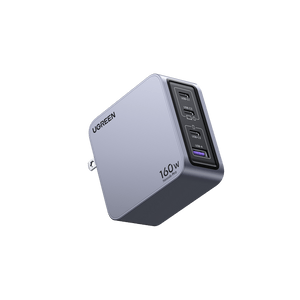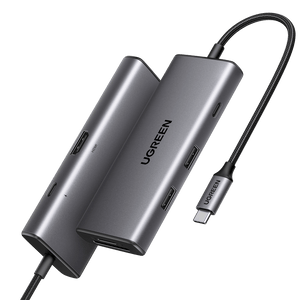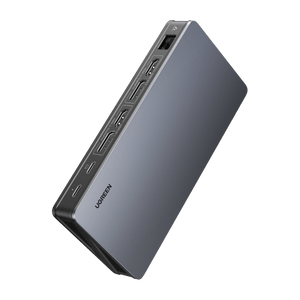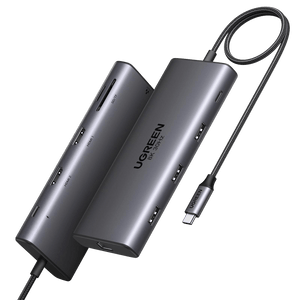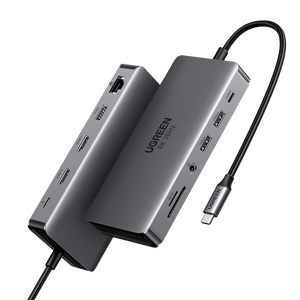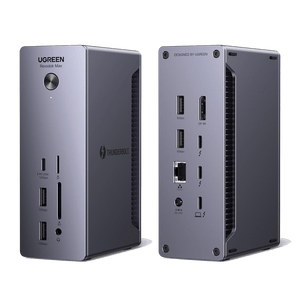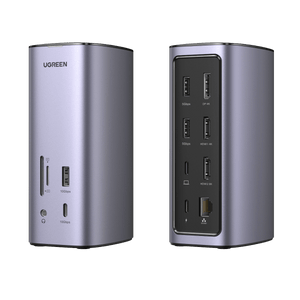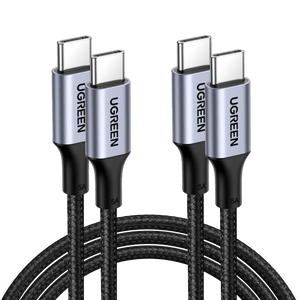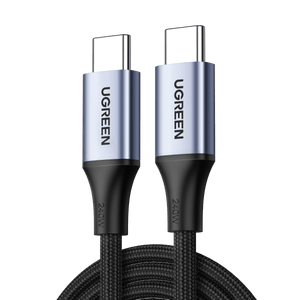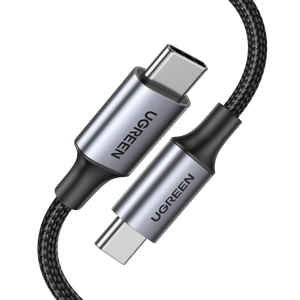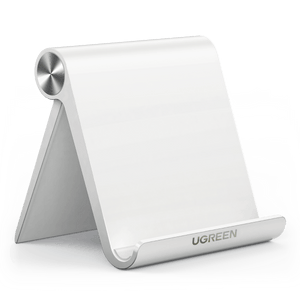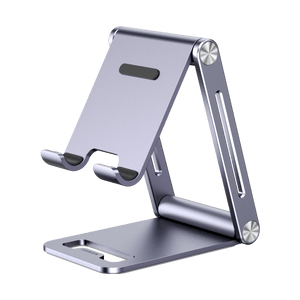What is a Power Bank? A Buying Guide to Portable Chargers
Need an extra battery boost for your devices while traveling or on-the-go? A power bank allows you to recharge your smartphone, tablet or other USB devices whenever and wherever you need. But what exactly is a power bank and how does it work to charge your devices on-the-go? How do you know which portable charger is right for you? This buying guide will cover exactly what a power bank is, key factors to consider, and some of the top power bank options available today.

Key Takeaways
- Capacity drives charging potential: The mAh rating of a power bank determines how many times it can charge your devices. For instance, 5,000-10,000mAh suits small devices like phones, while 20,000mAh+ is ideal for multiple devices or laptops, balancing your charging needs with portability.
- Charging speed matters: Power banks with fast-charging technologies like USB-C Power Delivery or Quick Charge significantly reduce device charging times, while the power bank’s own recharge speed is equally critical for convenience.
- Diverse power bank types cater to specific needs: From compact portable models to solar-powered or wireless options, each type serves unique scenarios, like off-grid adventures or cable-free charging, allowing users to pick based on lifestyle.
- Safety and longevity hinge on care: High-quality batteries, proper charging habits, and avoiding physical damage are essential to maximize a power bank’s lifespan, ensuring reliable performance over time.
- Portability vs. functionality trade-off: Slim, lightweight designs enhance portability but may lack capacity or extra features like multiple ports or built-in cables, so choosing the right power bank involves prioritizing what matters most for your use case.
What is a Power Bank?
A power bank, also known as a portable charger or power pack, is a portable charging device designed to recharge other electronics like smartphones, tablets and even laptops. It contains a special battery that stores power, so you can charge up the power bank itself and then use it to charge up other devices as needed while on-the-go via USB.
Power banks allow you to charge your devices multiple times before needing to recharge the power bank itself. They come in a wide range of capacities, from small pocket-sized models with a single charge to high capacity versions that can fully charge a phone 10 times or more. Brands like Ugreen offer power banks tailored for various uses.

How Does a Power Bank Work?
A power bank works by using a lithium-ion battery and circuitry to store electricity, much like a battery. The key components that make it work are:
Battery/Cell. The lithium-ion battery provides the storage capacity. Multiple battery cells may be used.
Circuitry. This regulates power transfer in and out and protects against issues like short circuits.
USB Port(s). This is how you charge your devices using reversible USB-A and USB-C ports.
Status Indicators. LED lights show the remaining charge level.
To charge a device, simply plug it into the USB port which draws current from the power bank's battery to charge up the connected device. When the power bank runs low, plug it into a power source using a USB charger cable to recharge it.
Understanding the Types of Power Bank
Portable Power Banks. These compact, lightweight power banks ranging from 5,000-20,000 mAh capacity are designed for easy portability and convenience charging small devices like phones on-the-go.
High-Capacity Power Banks. With over 20,000 mAh capacity, these bulkier power banks can recharge a phone multiple times and are ideal for longer trips without power access.
Solar Power Banks. Equipped with integrated solar panels, these eco-friendly power banks can be recharged directly using sunlight or regular wall outlets for off-grid charging.
Wireless Power Banks. Using Qi inductive charging technology, these power banks allow you to charge compatible devices wirelessly by simply placing them on top of the power bank.

USB-C PD Power Banks. Supporting advanced USB-C Power Delivery, these power banks offer ultra-fast charging speeds to quickly recharge phones, tablets, and even laptops.
Power Stations. As high-capacity backup power sources over 30,000 mAh, these larger power stations can simultaneously power or recharge multiple devices making them ideal for emergencies.
How to Choose the Right Power Bank for You?
Capacity. The battery capacity determines how many full charges it can provide before needing to be recharged itself. Common options range from small 5000mAh units to large 25000mAh and above models. Think about your usage needs - more capacity means more charges.
Size and Weight. Important if portability is a priority. Slim, compact designs easily fit in a pocket or bag. Larger capacities often means more weight.
Charging Speed. Look for power banks with fast charging output capabilities, like Power Delivery or Quick Charge, to rapidly charge devices. Also consider recharge times for the power bank itself.
USB Ports. Multiple output ports allow you to charge more than one device simultaneously. USB-C and USB-A ports provide maximum compatibility.
Safety Features. Advanced circuitry provides protection against excessive current, overcharging, short circuits, and more for safe operation.
Additional Features. Some offer extras like built-in cables, LED flashlights, solar charging capability, and more. Decide if any additional features are useful to you.
How to Extend the Lifespan of Your Power Bank
Proper charging habits are the most crucial factor for power bank longevity. Following the manufacturer's charging guidelines, avoiding overcharging and deep discharging can greatly extend the usable life of a power bank.
Battery quality directly determines the number of charge cycles a power bank can handle. High-grade batteries withstand more charging and discharging before capacity fades.
Physical damage also severely shortens power bank lifespan. Drops, bumps, liquid damage all degrade batteries and electronics. Proper care and handling prevents physical damage and preserves power bank life. Click to read more: factors affecting portable charger life.
What is the Right Capacity for You?
When selecting a power bank, the capacity you need depends on your specific devices and how much charging you need when traveling or on-the-go. As a general guideline:
5000-10000mAh is great for small devices like phones or AirPods. Can provide 1-3 full charges.
10000-20000mAh works well for larger devices like tablets. Good for 4-6+ smartphone charges.
20000mAh+ is ideal for multiple devices or laptops. Provides over 5 phone charges.

Consider your most power-hungry device, how often you'll need to recharge it, and go with the highest capacity you can reasonably afford and carry. But you don't need the largest power bank unless you have high energy demands. Prioritize the right balance of compact size and sufficient capacity.
Top Ugreen Power Bank Picks
Ugreen 100W 220000mAh Power Bank
The UGREEN 100W 20000mAh Power Bank is a compact, high-capacity 20000mAh portable charger with Dual USB C and one 22.5W USB A , allowing for simultaneous charging of three devices while supporting fast charging technology to quickly power up your gadgets on the go.

Ugreen Foldable Kickstand 10000mAh Power Bank
The UGREEN 10000mAh MagSafe Wireless Power Bank is a versatile and portable charging solution designed for iPhone 12 and newer models, offering MagSafe-compatible wireless charging capabilities along with an additional USB port for wired charging, ensuring your devices stay powered up wherever you go.

Conclusion
Hopefully this breakdown gave you a better understanding of what exactly a power bank is, how the battery technology works to store and supply charge, key specifications to consider when shopping. With the right power bank like those offered by Ugreen, you'll never be left without power for your devices again!
FAQs
Can I bring a power bank on a plane?
Yes, you can bring a power bank on a plane, but there are restrictions. Power banks must be carried in hand luggage, not checked baggage. The capacity should not exceed 100Wh without airline approval, and typically not more than 160Wh with airline approval. It's best to check with your specific airline for their regulations as these can vary. If you'd like to learn more, click on our guide Can You Take a Power Bank on an Airplane?

How do I know if a power bank is compatible with my device?
To ensure compatibility, check that the power bank supports the charging protocol of your device (e.g., Quick Charge, USB-PD, MagSafe). The output voltage and amperage of the power bank should match or exceed the requirements of your device. Also, confirm that the power bank has the appropriate ports (e.g., USB-A, USB-C, Micro-USB) for your device's charging cables.
How long does it take to fully charge a power bank?
The time it takes to fully charge a power bank depends on its capacity (mAh), the input current it accepts (measured in amperes, A), and the charger's output current. For example, a 10000mAh power bank using a 2A charger might take about 5 hours to charge from 0 to 100%. To ensure efficient charging, using a reliable iPhone charger can help optimize the power bank's performance and reduce charging time. For more options on compatible chargers, check out iPhone charger collection.
How long does a power bank last?
Portable chargers usually have a lifespan of around 2 to 3 years, after which their performance tends to decline noticeably, resulting in slower charging speeds and reduced battery capacity.

